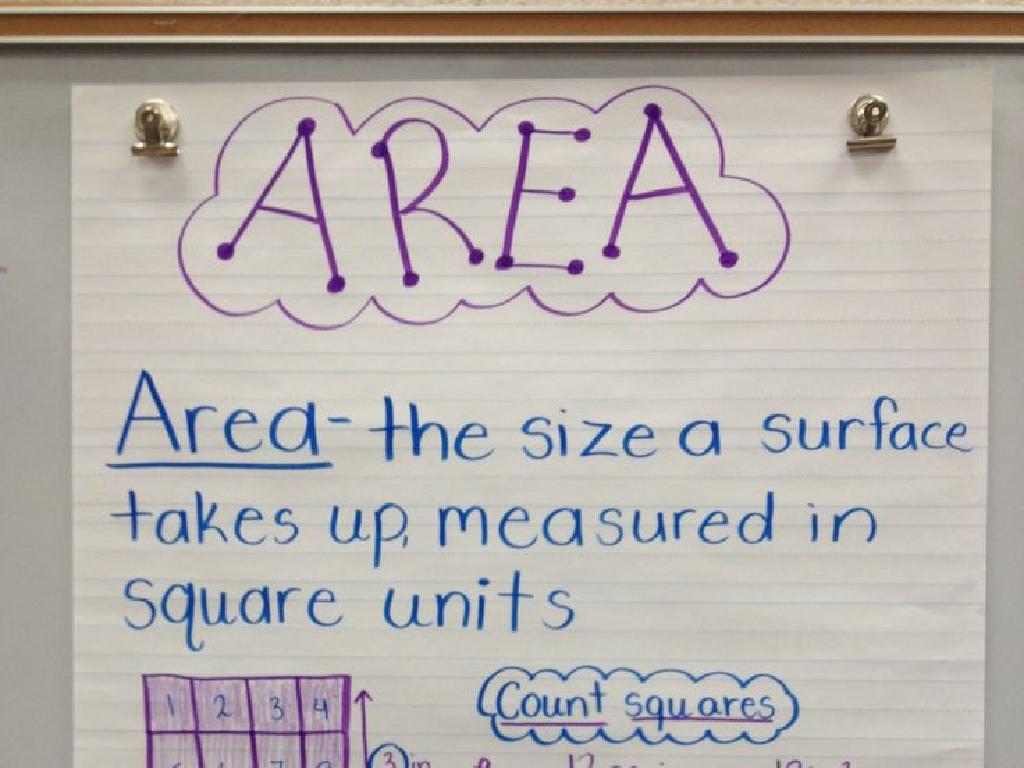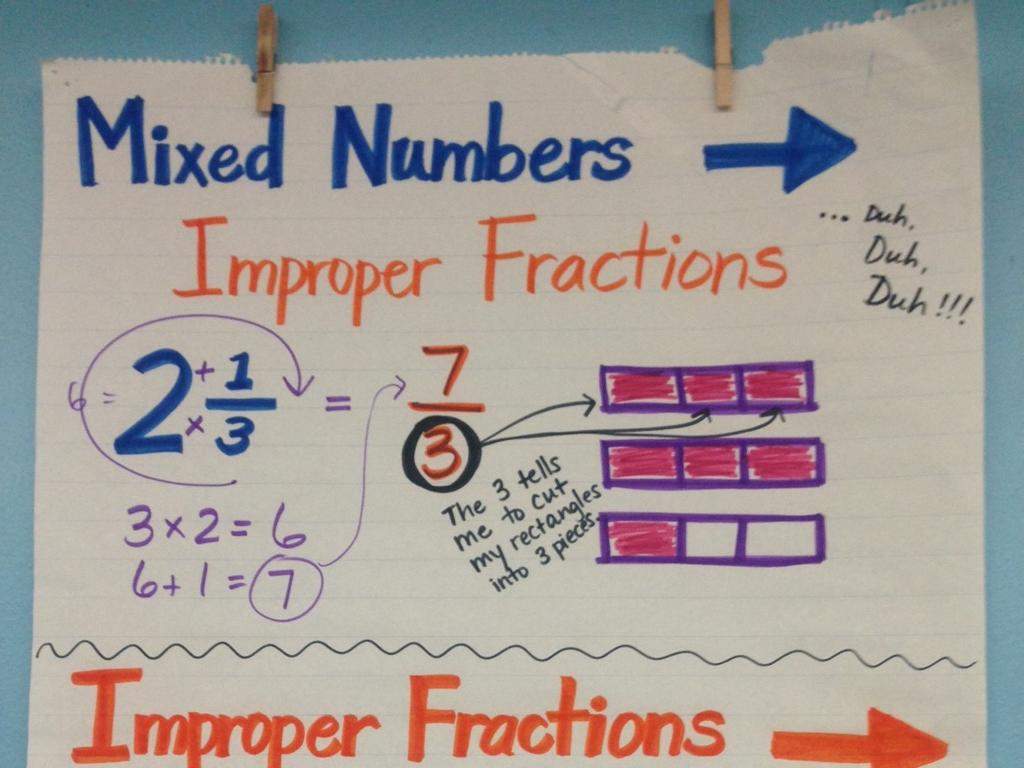Choose The Antonym
Subject: Language arts
Grade: Second grade
Topic: Categories
Please LOG IN to download the presentation. Access is available to registered users only.
View More Content
Introduction to Antonyms
– What are antonyms?
– Antonyms have opposite meanings
– Like ‘up’ is the opposite of ‘down’
– Examples: Hot – Cold
– ‘Hot’ is not ‘Cold’, they are opposites
– Examples: Big – Small
– ‘Big’ is not ‘Small’, they are opposites
|
This slide introduces the concept of antonyms to second-grade students. Antonyms are words that have opposite meanings, such as ‘hot’ and ‘cold’ or ‘big’ and ‘small’. It’s important to provide clear examples to help students understand the concept. Use everyday objects or situations to illustrate these opposites, like comparing the temperature of a cup of hot chocolate to a popsicle, or the size of a mouse to an elephant. Encourage students to think of other examples and to understand that knowing antonyms can help them describe things more precisely in their speaking and writing.
Understanding Categories: Finding Antonyms
– Categories group similar things
– Categories include size, color, shape
– Antonyms can be in the same category
– Opposite words, but both describe size
– Example: ‘Big’ and ‘Small’ for size
– ‘Hot’ and ‘Cold’ both describe temperature
|
This slide introduces the concept of categories to second-grade students, emphasizing that categories are a way to organize items that share common characteristics. It’s important to explain that while antonyms are words with opposite meanings, they can still fall under the same category, such as size or color. Use examples that are easily relatable to the students, like ‘big’ and ‘small’ both describing the size of objects, or ‘hot’ and ‘cold’ describing temperature. Encourage students to think of their own examples of antonyms within the same category to reinforce their understanding.
Choosing Antonyms
– Understanding antonyms
– Antonyms are words with opposite meanings
– Think of a word’s meaning
– Like ‘hot’ means warm, ‘cold’ is its antonym
– Find the opposite meaning
– If ‘up’ means above, ‘down’ is the opposite
– Practice with examples
– Use words like ‘big’ and ‘small’ to practice
|
This slide introduces the concept of antonyms to second-grade students. Start by explaining that an antonym is a word that has the opposite meaning of another word. Encourage the students to think of words they already know and what they mean. Then, guide them to determine the opposite of those words. Provide clear examples, such as ‘hot’ and ‘cold’ or ‘up’ and ‘down’, and ask the students to come up with their own examples. This exercise helps students expand their vocabulary and understand the relationship between words. Make the activity interactive by having students share their examples with the class.
Exploring Antonyms
– Antonyms are opposite words
– ‘Fast’ and ‘Slow’ are antonyms
– For example, a cheetah is fast, but a snail is slow
– ‘Laugh’ and ‘Cry’ are opposites
– You laugh when you’re happy, cry when you’re sad
– ‘Light’ and ‘Heavy’ are not the same
– A feather is light, but a rock is heavy
|
This slide introduces the concept of antonyms to second-grade students. Start by explaining that antonyms are words that have opposite meanings. Use clear and relatable examples like ‘Fast’ and ‘Slow’ to illustrate the concept. Encourage the students to think of objects or situations that relate to these words to deepen their understanding. Ask the students to come up with their own examples of antonyms and share them with the class. This will help them apply the concept of antonyms in various contexts and enhance their vocabulary. Make sure to praise their efforts and provide guidance where necessary.
Practice Time: Finding Antonyms
– Understanding antonyms
– Antonyms are words with opposite meanings
– Teacher says a word
– Students find the opposite
– Example word: ‘High’
– What’s the opposite of ‘High’? (Low)
|
This slide is for an interactive class activity focused on understanding and practicing antonyms. Begin by explaining that antonyms are words that have opposite meanings. Then, engage the class by saying a word out loud and asking the students to respond with the antonym. Start with the example word ‘High’ and prompt the students to say ‘Low’. Continue with a list of words suitable for second graders, such as ‘Hot’ (Cold), ‘Fast’ (Slow), ‘Empty’ (Full), and ‘Soft’ (Hard). Encourage participation from all students and provide positive feedback to reinforce learning. This activity helps students develop their vocabulary and understanding of language opposites.
Antonyms Matching Game
– Let’s play an antonyms game!
– Match words to their opposites
– ‘Hot’ is opposite to ‘Cold’
– Find the most antonym pairs
– Ready, set, go!
|
This slide introduces a fun and interactive game to help second-grade students understand and practice antonyms. The objective is to match words with their opposite meanings, also known as antonyms. Provide each student with a set of cards, some with vocabulary words and others with their antonyms. Encourage the students to find as many correct pairs as possible. This activity will not only reinforce their understanding of antonyms but also promote friendly competition and engagement. As a teacher, you can facilitate the game by walking around the classroom, assisting students who may struggle, and ensuring that everyone is participating. After the game, discuss some of the pairs that students found challenging and clarify any confusion. This will help solidify their learning and prepare them for future vocabulary exercises.
Class Activity: Antonym Hunt
– Explore the classroom for items
– Find antonyms for each object
– Example: Sun is to bright as night is to dark
– Use objects like ‘sun’ and ‘night’ to explain antonyms
– Share your antonyms with the class
|
This activity is designed to help students understand the concept of antonyms by actively searching for them in their immediate environment. Encourage the students to look around the classroom for objects or pictures and think of their opposites. For instance, if they find a picture of a puppy, they might say ‘kitten’ as an antonym for the type of animal, or ‘big’ if the puppy is small. This hands-on activity not only makes learning fun but also reinforces the concept of antonyms in a memorable way. Be prepared with a list of possible objects and their antonyms to guide students who may need help. After the hunt, facilitate a discussion where students can share their findings and explain the reasoning behind their choices.
Antonyms: Wrapping Up!
– Recap on antonyms
– Antonyms are words with opposite meanings.
– Importance of categories
– Categories help us group antonyms and understand them better.
– Share a new antonym pair
– Think of one antonym pair and why they’re opposites.
– Review and questions
|
As we conclude today’s lesson, let’s review what antonyms are and why they’re important. Antonyms help us express the exact opposite of an idea, which is crucial for clear communication. Understanding categories, such as ‘hot’ and ‘cold’ being opposites in the ‘temperature’ category, helps us organize our thoughts and vocabulary. Encourage the students to come up with their own examples of antonyms to reinforce their understanding. Ask them to share their pairs with the class, explaining why they are opposites. This will help solidify their grasp of the concept and allow for a collaborative learning environment.

/civil_war_history_materials.jpg)




